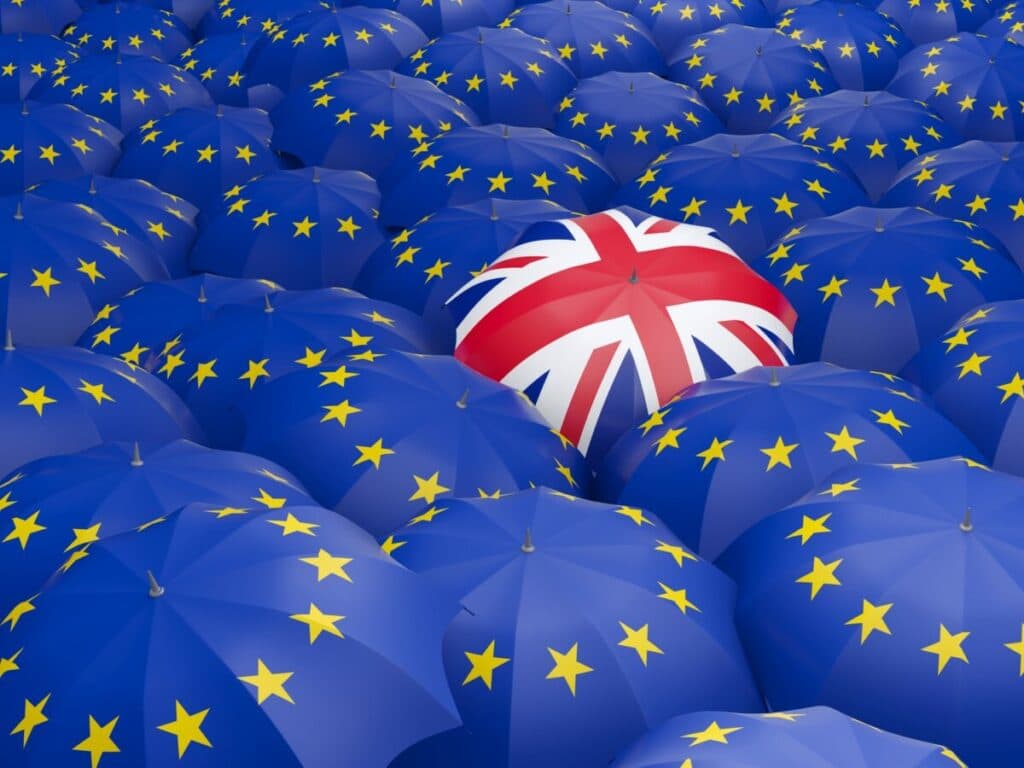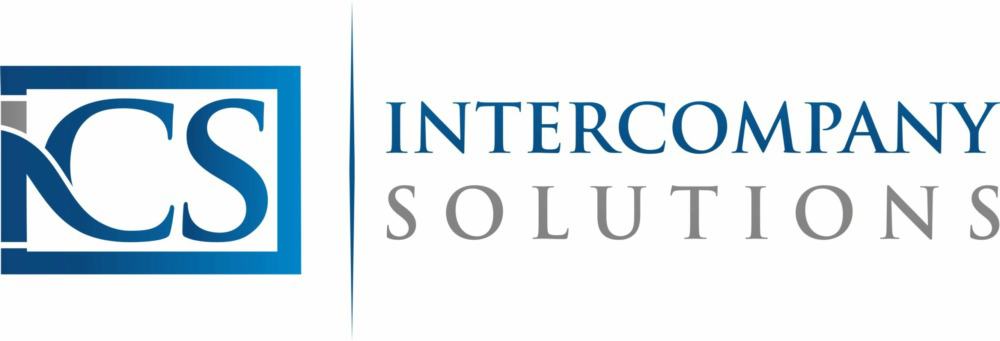
Start Dutch Subsidiary Brexit: European customs
Updated on 19 February 2024
During the past decade, we have seen a steady rise of companies establishing a subsidiary in the Netherlands. There are multiple reasons to do this, for example to be able to access the European Single Market. Currently, this is especially profitable for company owners in the United Kingdom, since the UK has been mostly cut off from the European Union after Brexit. Participation in the European Single Market offers a lot of benefits, particularly if you own a company with a logistical component. The EU houses a staggering amount of large (multinational) distribution centers, and not without reason. This enables these companies to trade goods and services without
The European Union currently has 27 Member States that profit from the Single Market. This Single Market was established, in order to guarantee the free movement of capital, goods, people and services within all participating Member States. This is also known as the ‘four freedoms’. If you want to purchase goods within the EU and sell these in a country that isn’t a Member State, opening a Dutch subsidiary might help you enormously, both fiscally and in terms of time-efficiency. The same goes for a reversed situation: when you would like to sell goods produced in the country your company is based in on the European Single Market. We will outline how you can streamline your flow of goods with a Dutch subsidiary in this article, and explain the benefits of establishing a company in the Netherlands.
What exactly is the ‘flow of goods’?
The flow of goods is essentially the flow of your available means of production, and the products you offer, within your company. This flow of goods is necessary to transport raw materials, semifinished or finished products from point A to point B. Due to the fact that all means of transportation cost a company time as well as money, an efficient flow of goods is indispensable for any company dealing with distribution activities. In general, the items that are delivered to a store usually do not come directly from the manufacturer, but from a wholesaler or a distribution center.
At every single store, most goods are not directly delivered from the manufacturer, but from a distribution center. A distribution center (DC) is basically a central warehouse. In a distribution center all orders from stores are collected and then shipped. A big advantage of this way of doing business, is that the store only has to communicate with the head office or the DC about deliveries. Within logistics and distribution, people often talk about an internal flow of goods that often follows a fixed pattern:
Incoming goods
- Unloading of freight unit with/without forklift
- Checking of the unloaded cargo
- Updating the information in the company’s WMS
- Storage on location with/without forklift
- Interim or annual balance sheet count or stock control
- Ensuring the conscious objective
Outgoing goods
- Picking parts from order
- Packing and labeling of goods
- Checking the outgoing products
- Preparing the shipment in an outbound area (demarcated area specific to a particular destination or freight unit)
- Loading of freight unit.
The above list is almost always the basis, on top of which are often the movements to supplement the pick locations (for example, rack space for pallets of which only a few pieces are picked at a time). In order to run a tight business, it is very important to keep your warehouse in order. Next to the physical shipping of goods, other administrative tasks are involved when you supply goods to customers overseas. Especially if you live in a country outside the EU zone, and you want to do business within the EU, because this means you will need to create extra customs documents.
If you want to import and/or exports goods, you need to fill out various customs documents and official paperwork. Otherwise, you risk your goods being kept, or claimed, at the border. Within the EU, this problem does not exist due to the European Single Market. But if you own a company outside the EU, the paperwork can become excessive and time-consuming. Hence; if you establish a Dutch subsidiary, you don’t have to deal with the rather large amount of official paperwork anymore.
How to buy or sell goods using a Dutch BV?
If you want to establish a logistical trading company, or if you want to expand your foreign business to the Netherlands, it is necessary for you to create solid connections with sellers and buyers within your market. Especially if you own a webshop and you rely on punctual delivery times. If you already own a business, chances are you have already made such connections. The logistics market is a very dynamic one, with many changes happening in short bursts of time. In order to be able to deliver your goods on time, it is important to set up tight delivery schedules.
The profitable part of owning a Dutch subsidiary, like we mentioned before, is the fact that you get access to the European Single Market. This means you can freely trade your goods with the other 26 Member State as well as the Netherlands, which can help you save a substantial amount of money on customs and shipping costs. For example; if you own a clothing company and you want to enter the Single Market, all you need is a subsidiary. Via this subsidiary, you can ship goods to and from your home based company, without the extra hassle of international shipping. This is due to the fact, that you are transferring goods internally, meaning within your own company.
Which entities are involved with the flow of goods?
When you own an international logistics company, you already know that you have to deal with many different partners and organizations on a daily basis. This means that you best choose your partners wisely, like we mentioned before. But also consider the fact that preparing and creating customs documents requires the proper time and expertise. In most cases, you will be dealing with partners such as wholesalers and different kinds of sellers, as well as a wide array of buyers, of course. Next to that, there will be external parties involved, such as the Tax Authorities of the country your business is situated in.
If you decide to establish a subsidiary in the Netherlands, keep in mind that you will have to adhere to the so-called Dutch substance requirements. These have been put in place, in order to avoid the unintended use of (double) tax treaties by companies established in the Netherlands. The Dutch Tax Authorities monitor such things, so always be concise with your administration and business activities. Next to a country’s Tax Authorities, you will also deal with other organizations such as customs and the Chamber of Commerce. If you want to run a solid business, make sure your administration is always up-to-date.
Which business activities will take places in which country?
Once you decide to establish a Dutch subsidiary, you will have to make a business plan that covers every change you will have to make regarding your current regular business activities. For example; you might have to move your main distribution center, or set up an extra distribution center in the country you establish a subsidiary in. You will also need to figure out where you plan to take care of your administration, since this fact is very important to figure out where the substance of your business is situated. This also includes where you will center your business in general, and where the ‘real’ headquarters of your business will be.
In general, you will need to divide all business activities and see which country would suit which business activity best. If you have a lot of European customers you structurally ship goods to, it would probably be best if you base your (main) distribution center in an EU Member State. You can still do your administration from where you live, since it is not required in the Netherlands that you do this in the country itself. You are also not obligated to live in the Netherlands, which is why it is fairly easy to set up a subsidiary here. If you would like more information about the benefits a Dutch subsidiary can offer your company, feel free to contact us for personal advice.
How can you establish a subsidiary in the Netherlands?
The process of obtaining a Dutch business is fairly straightforward, but it does involve several steps that need to be followed through very precisely. We have a very broad guide regarding the formation of a company in the Netherlands, where you can look up all the information you need on the subject. The procedure itself consists of three steps or phases, which can generally be carried out in 3 to 5 business days. The amount of time the procedure will take greatly depends on the amount and quality of information you can provide, so make sure to acquire all the necessary documents beforehand. Most of the time is spent verifying the documents you provide, so it is beneficial if everything is correct and concise.
For the formation of a subsidiary, which is a Dutch BV (private limited company) in most cases, we follow the next three steps.
Step 1 – Identification
The first step consists of providing us with your identity information, as well as the identity of possible extra shareholders. You will need to send us copies of the applicable passports, next to a completely filled out form regarding the formation of your future Dutch business. We also ask you to send us your preferred company name, since this name will need to be verified in advance to ensure availability. We strongly suggest you don’t start creating a logo, before you know whether you can register this company name.
Step 2 – Signing of various documents
Once you send us the necessary information, we will proceed by preparing the initial documentation for the formation of the business. Once this is done, the shareholders will need to visit the Dutch notary public to sign the formation documents. Alternatively, it is possible for us to prepare the formation documents to be signed in your home country if you are unable to visit here in person. You can then send the original signed documents to our corporate address in Rotterdam. We will tell you exactly what you will need to do.
Step 3 – the registration
When all documents are verified and signed and in our possession, then we can start the actual registration process. This involves filing your company with the Dutch Chamber of Commerce. After this is finished, you will receive your registration number. The Chamber of Commerce will automatically forward your company information to the Dutch Tax Authorities, who will subsequently provide you with a VAT-number. We can also assist with several other necessities, such as opening a Dutch bank account. We also have solutions to apply to certain Dutch banks remotely.
What can Intercompany Solutions do for your company?
If you are interested in expanding your logistics business, the Netherlands offers very exciting opportunities. With one of the best infrastructures in the world, you obtain access to a huge market of potential. Next to that, the IT infrastructure is considered one of the most advanced, with very fast internet speeds. Holland houses a very colorful and wide array of foreign entrepreneurs; from small business owners to large multinationals who have set up subsidiaries or even headquarters here. If you are an ambitious professional, your business is sure to thrive here, provided you put in the necessary work.
If you own an international webshop, you will also find plenty of opportunities in the Netherlands. This rather small country has been world-famous for its international trading capacity and this still shows. If you would like to receive personal advice regarding your company and the possibilities that are open to you, please feel free to contact Intercompany Solutions at any time. We will gladly assist you with any questions you might have, or offer you a clear quote.
Extra sources:
Similar Posts:
- Want to innovate in the green energy or clean tech sector? Start your business in the Netherlands
- Foreign multinational corporations & the Netherlands annual budget
- Excise duty and customs in Netherlands
- How to set up a business as a young entrepreneur
- Stricter tax demands for multinationals in the Netherlands




